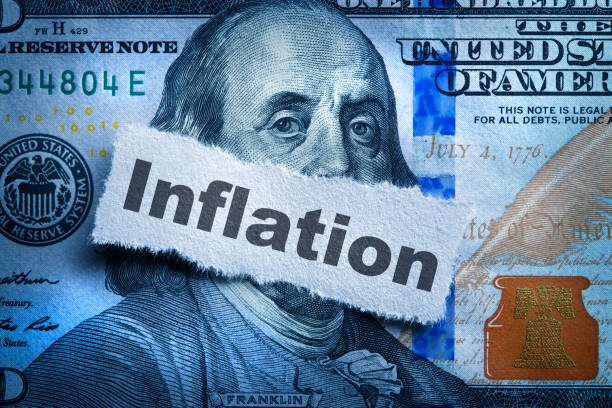
The US Consumer Price Index is expected to rise 2.5% YoY in May, at a stronger pace than it did in April.
The annual core CPI inflation is forecast to tick up to 2.9%.
May’s inflation data could impact the Fed’s policy outlook, rocking the US Dollar.
The Consumer Price Index (CPI) data for May is expected to highlight a pickup in inflation in the United States (US). Investors will scrutinize the details of the report to see whether US President Donald Trump’s new tariff regime is ramping up price pressures, which could have significant implications for the Federal Reserve’s (Fed) policy outlook.
The US Bureau of Labor Statistics is due to publish the CPI data for May on Wednesday at 12:30 GMT. The immediate market reaction could drive the US Dollar’s (USD) valuation.
What to expect in the next CPI data report?
As measured by the change in the CPI, inflation in the US is forecast to rise at an annual rate of 2.5% in May, at a stronger rate than the 2.3% increase recorded in April. The core CPI inflation, which excludes the volatile food and energy categories, is expected to rise 2.9% YoY, against the 2.8% growth reported in the previous month.
On a monthly basis, the CPI and the core CPI are projected to rise by 0.2% and 0.3%, respectively.
Previewing the report, analysts at TD Securities said: “Core CPI inflation likely stayed unchanged in May, posting a 0.23% m/m increase. We expect still soft travel services prices to keep the series under control, as signs of tariffs pass-through start to emerge.”
“Headline CPI inflation likely lost speed, owing partly to a large retreat in gas prices. We pencil in headline and core CPI inflation at 2.4% and 2.9% y/y, respectively,” they added.
How could the US Consumer Price Index report affect EUR/USD?
Inflation data for May could influence the market pricing of the Fed’s rate outlook and impact the USD’s performance in the short term. At its May policy meeting, the Fed kept the federal funds rate unchanged in the range of 4.25% to 4.50%. Comments from Fed officials since then highlighted that policymakers are willing to remain patient in regard to policy-easing, unless there is a significant downturn in the labor market outlook. “I see greater upside risks to inflation and potential downside risks to employment and output growth,” Fed Board of Governor member Adriana Kugler said. Meanwhile, Chicago Fed President Austan Goolsbee noted that they must wait and see if tariffs have a big or a small impact on inflation before taking a policy step.
The latest employment report from the US showed that Nonfarm Payrolls rose by 139,000 in May, surpassing the market expectation of 130,000. The CME Group FedWatch Tool’s probability of a 25 basis points (bps) rate cut in July dropped below 20% after this data from about 30% earlier in the week, suggesting that markets assessed the labor market as healthy enough for the Fed to delay its rate cut.
A significant upside surprise in the monthly core CPI reading, which is not distorted by base effects, could boost the USD with an immediate reaction and weigh on EUR/USD because such a reading could feed into expectations of the Fed lowering the policy rate just once this year. Conversely, a print below 0.2% in this data could ease concerns that inflation will remain sticky in the second half of the year because of tariffs and hurt the USD. In this scenario, EUR/USD could gather bullish momentum.
Eren Sengezer, European Session Lead Analyst at FXStreet, offers a brief technical outlook for EUR/USD and explains:
“The Relative Strength Index (RSI) indicator on the daily chart holds above 50 but moves sideways, suggesting that the bullish bias remains intact, while lacking momentum.”
“On the upside, the immediate resistance level is located at 1.1575 (April 21 high, mid-point of the four-month-old ascending regression channel) before 1.1700 (static level, round level) and 1.1860 (upper limit of the ascending channel). Alternatively, the 20-day Simple Moving Average (SMA) at 1.1320 could be seen as the first support ahead of 1.1250 (Fibonacci 23.6% retracement of the uptrend, lower limit of the ascending channel) and 1.1060 (Fibonacci 38.2% retracement).”
* The content presented above, whether from a third party or not, is considered as general advice only. This article should not be construed as containing investment advice, investment recommendations, an offer of or solicitation for any transactions in financial instruments.


